International lymphoma research focuses on Lugano and Bellinzona
Institutional Communication Service
On November 27, 2021, the new Centre for biomedical reseach of the Italian-speaking part of Switzerland (BIOS+) will be inaugurated in Bellinzona. To support this event, Ticino Management features a special series of articles presenting the activities of the two main residents of the facility, IRB and IOR. In this article we talk about lymphoma research, to which the two institutes in Bellinzona, both affiliated to USI, make a fundamental contribution.
[courtesy of Ticino Management, September 2021 issue].
Scientists and doctors from all over the world convene in Lugano, since 1981
Lymphomas are the fifth most common type of cancer in Western countries. One of the goals of research on lymphomas is to understand the mechanisms that influence the survival of lymphoma cells and how they can elude anti-cancer drugs. To study and share discoveries in the field of lymphoma research, from June 18 to 22 Lugano hosted - entirely online due to the pandemic - the 16th International Conference on Malignant Lymphomas of Lugano (Icml), established in 1981 and founded by Professor Franco Cavalli: "The interest gathered by the Icml this year was enormous: there were almost 5 thousand participants from all over the world, 30% from North America and almost 15% from the Far East. Since there are no known logistical difficulties in Lugano, which can accommodate a maximum of 3500 participants, it was possible to go well beyond this figure, allowing even doctors from less developed countries, who often have financial difficulties to reach us in person, to participate at a distance benefiting from a particularly low registration fee, established specifically for them. The number of applicants who have registered to present new results has remained constant and, considering that the pandemic had slowed down the implementation of many projects, this is also a very good result," explains Prof. Cavalli.
Bellinzona, capital of lymphoma research
If Lugano is the Conference venue, Bellinzona, with its research centres, has played a fundamental role, forming the cultural backdrop: the Institute of Oncology Research (IOR), part of the research division of the Oncological Institute of Italian Switzerland (IOSI), of which Prof. Cavalli is scientific director, has become one of the main centres of expertise in the field, with patients arriving from all over Switzerland and abroad, together with the Institute for Research in Biomedicine (IRB). "As with other cancers, the causes of leukaemia, lymphoma and multiple myeloma are only partially known. For example, we know that the DNA of these tumours has specific errors, often the same in many patients. But we still understand little about how they are produced", says IRB director Davide Robbiani. "A few years ago, we discovered a molecule responsible for modifying the DNA in the vicinity of some of the genes that are mutated in lymphomas, and showed that its absence actually protects against tumour formation. More recently, we have begun to study other molecules present in tumour cells that may play a similar role in their progression. The hypothesis is that drugs capable of inhibiting these molecules may one day be useful in the fight against lymphomas and multiple myeloma", explains Robbiani, who is conducting this research in collaboration with the Laboratory of Lymphoma Genomics at the IOR led by Prof. Francesco Bertoni, whose interest focuses on identifying new active therapies for lymphoma patients, but also on understanding the mechanisms that influence the survival of lymphoma cells and how they can escape the effect of anti-cancer drugs. "Our studies on the DNA of lymphoma cells led us to the discovery of genes that were not known to be involved in these disorders, and the work on drugs and resistance led us into the field of epigenetics, which is, in very simple terms, the regulation of cell behaviour due to environmental factors, regardless of what is written in the DNA. It was also motivating to see some of our laboratory work transferred to early clinical trials", underscores Bertoni, who is also deputy director of the IOR.
Full article (in Italian) by Susanna Cattaneo >> see attached pdf




